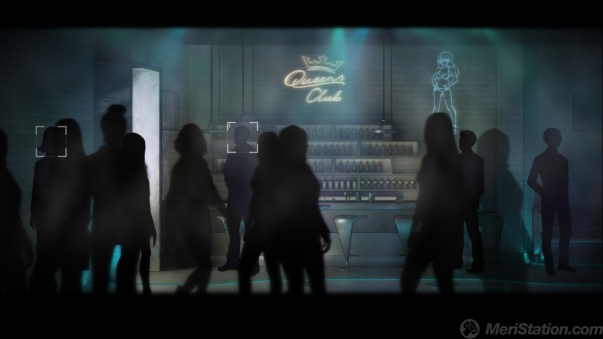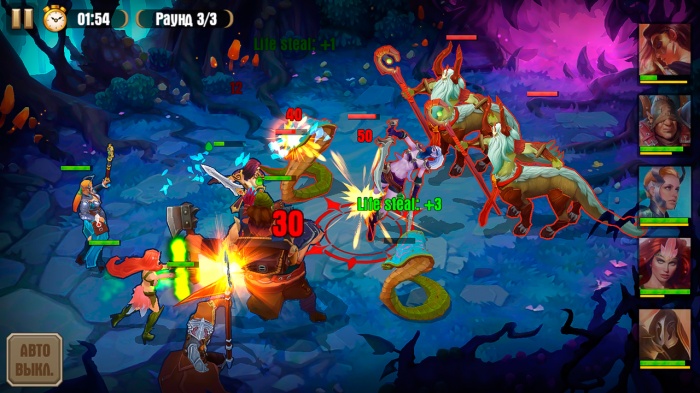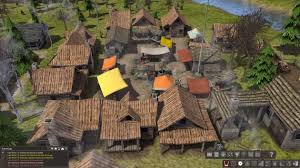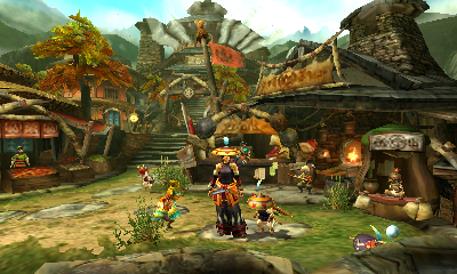The game takes the form of a visual novel with dyes of graphic adventure . The narrative is therefore mainly driven by text, with a simple visual section that sustains it and occasional (and very short) animated sequences that reinforce key moment
s. Since what we will do in the game is mostly to read, it is good news to discover that your script is very well constructed . The dialogues have sparkle, the mythology that develops in their descriptions is attractive and complex, and the developme
nt of the plot is full of quite memorable moments. The script knows how to balance the tone between more intense moments with others more relaxed or humorous, well introduced.
The police intrigue of the history of the game embraces both the contemporary urban noir and the mysticism of rural Japan, and they compl
ement each other quite successfully in a set with Eastern but also western influences ( True Detective would be one of the most obvious current ones). The story that the Cherrymochi studio has developed is attractive to a wide audience, and knows how to take it with a very good hand.
Although the omnipresent sections of dialogues are discovering the story to the player, we advance through the game as in a traditional graphic adventure. Move our protagonist, interact with items in the environment, participate in dialogues … we do all that using simple point and click mechanics .
The game, from its perspective in 2D , is structured in small linear sections that represent different areas of Tokyo. In each area there ar
e places and characters with which to interact and access them through a mapwhich represents the Tokyo of the game. This map is almost symbolic, however, because although there are times when we are allowed to go freely to sections that we want to inve
stigate, most of the time will only let us go to the next place necessary to advance the story. On our way we can present some puzzle or sporadic minigame, but otherwise the game focuses exclusive
ly on the development of history through their contextual interactions. We will discover clues and talk with characters that will help
us continue with our research. There is some backtracking, but most of the time we will be discovering new things. This gives Tokyo Dark a very linear development, which reduces the player’s freedom, but compensates by giving the story a good rhythm and a constant sense of discovery and progress .
As interesting as the story itself is the fact that we can be participants in how it unfolds. In this sense, the decision system is a crucial part of the experience. We can choose what to answer in certain conversations, how to interact with objects in the environment and perform different actions depending on the situation. As in the games of this section, much of what
we are deciding matters less than we would like, and the vast majority of relevant events in the script are inevitable. Of course, the decisions we make are modifying the course of the investigationin one way or another, and towards the
final stretch, the game reveals all its cards opening radically different routes. By the time we have finished we have the feeling that although we have been at the mercy of the script, our role has been relevant. The game also has several endings and invite
s us to be replayed to discover them. The New Game + mode allows you to skip dialogue sections to move faster in history, as well as independent save slots (the first game only allows auto-save) to load independent sections testing with different decisions.




